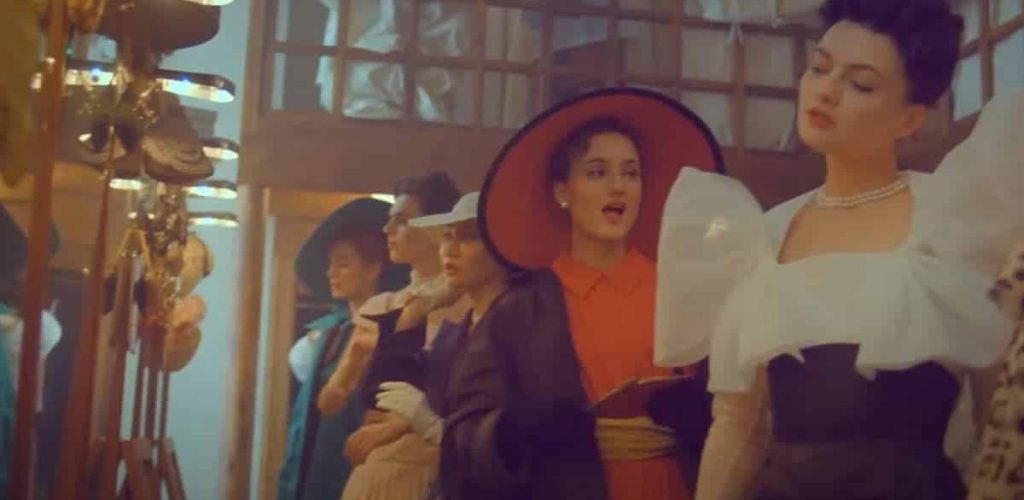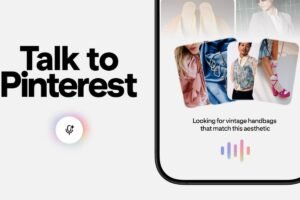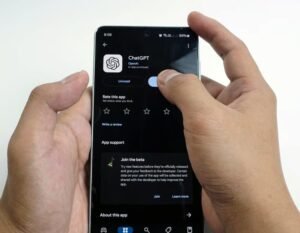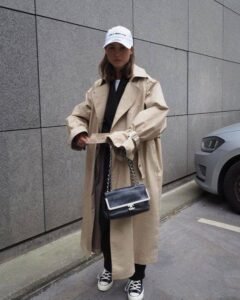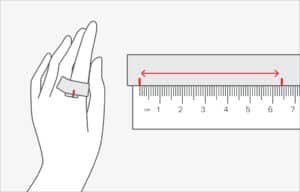When fashion became a language before it was a dress
At Milan Fashion Week, the runways sparkle, but the real engines are often invisible. Behind each viral teaser, every headline, and the choreography of posts across Instagram, lies a small army: the communicators. Today, brands like Dior employ more specialists in communication than actual designers—a striking fact that tells us something crucial about the industry’s direction.
This isn’t entirely new. In 1947, Christian Dior’s “New Look” didn’t simply stun with its silhouette; it became a global phenomenon thanks to how it was narrated in the press. One Harper’s Bazaar headline—“It’s such a New Look!”—was enough to transform a collection into a revolution overnight.
Fast-forward to 2025: the same logic applies, but on steroids. Viral teasers, strategic leaks, carefully crafted press releases, influencer collaborations—these are not accidental. They are the product of communication ecosystems larger and more resourced than the ateliers themselves.
Why would a couture house like Dior prioritize communication over design? The answer is pragmatic: in the hyper-saturated landscape of fashion, visibility equals survival.
- A single viral campaign can generate more revenue than a seasonal collection.
- Social media engagement often dictates which brand dominates cultural conversations.
- PR crises can sink reputations overnight, making communication not optional but existential.
The new hierarchy is clear: designers create the clothes, but communicators create the myth.
The invisible architecture of buzz
Fashion communication is not a single profession. It is a constellation: PR managers, social media strategists, copywriters, digital campaigners, event planners, influencer liaisons. Together, they orchestrate the story so that by the time a model steps on the runway, the narrative is already written.
Consider Demna’s teaser for Gucci’s upcoming La Famiglia collection. Before the full show even takes place, the campaign was trending globally. That wasn’t spontaneous combustion; it was the result of a communication plan designed to make every image unavoidable.
What it means for aspiring professionals
For those dreaming of entering fashion, the shift is both a warning and an opportunity. Traditional pathways—design schools, atelier apprenticeships—remain vital, but the hottest demand is elsewhere.
Recruiters today are not simply hunting for technical skills, but for those who can embody a brand’s identity and translate it into language, images, and stories that resonate across cultures. It means transforming brand DNA into narratives—not sterile slogans, but emotional messages capable of building loyalty and desire.
They want people who can run digital campaigns that live simultaneously on multiple platforms, from Instagram to TikTok, weaving a coherent strategy while adapting tone and format to each audience. It’s about orchestrating a chorus where every channel sings the same song, but in its own voice.
Another decisive skill is the ability to handle crises with strategic speed. In the fashion world, reputations can collapse with a single viral misstep; communicators must respond in hours, not days, balancing transparency with damage control.
And finally, there is the human element: the art of building authentic relationships with journalists and influencers. No campaign works without trusted mediators who will carry the story forward. Behind every front-page headline and every viral collaboration, there is someone who has cultivated those connections with patience, tact, and credibility.
In other words, the gatekeepers of fashion today are often those who never touch a needle or sketchpad.
A cultural turning point
There’s irony here. The house of Dior, built on the sanctity of silhouette, now relies on armies of communicators to ensure those silhouettes even matter. Fashion is no longer just about what you wear, but about how the story travels.
This doesn’t diminish the role of designers—it reframes it. Creativity fuels the machine, but without communication, it risks remaining locked in a studio. What we are witnessing is the professionalization of storytelling in fashion, where PR is not an accessory but the backbone.
If Dior employs more communicators than designers, we should ask: is fashion still led by design, or by narrative? Perhaps the answer is both. One feeds the other, and in the balance between fabric and story lies the future of an industry that has always been as much about dreams as dresses.

